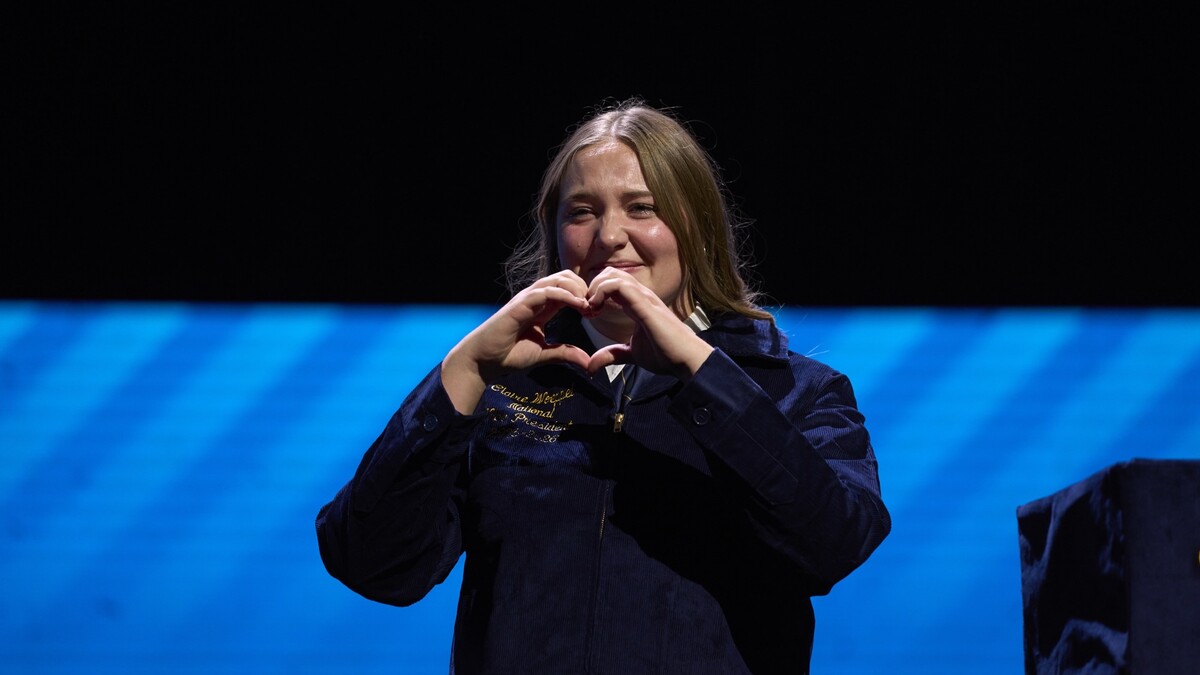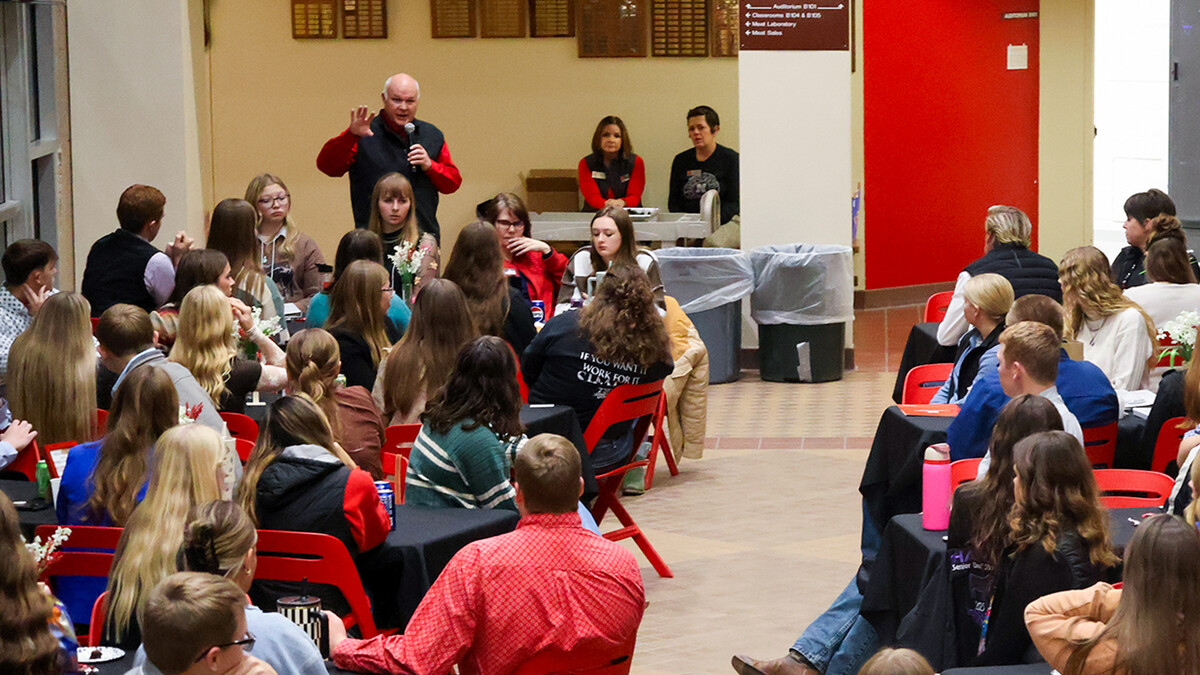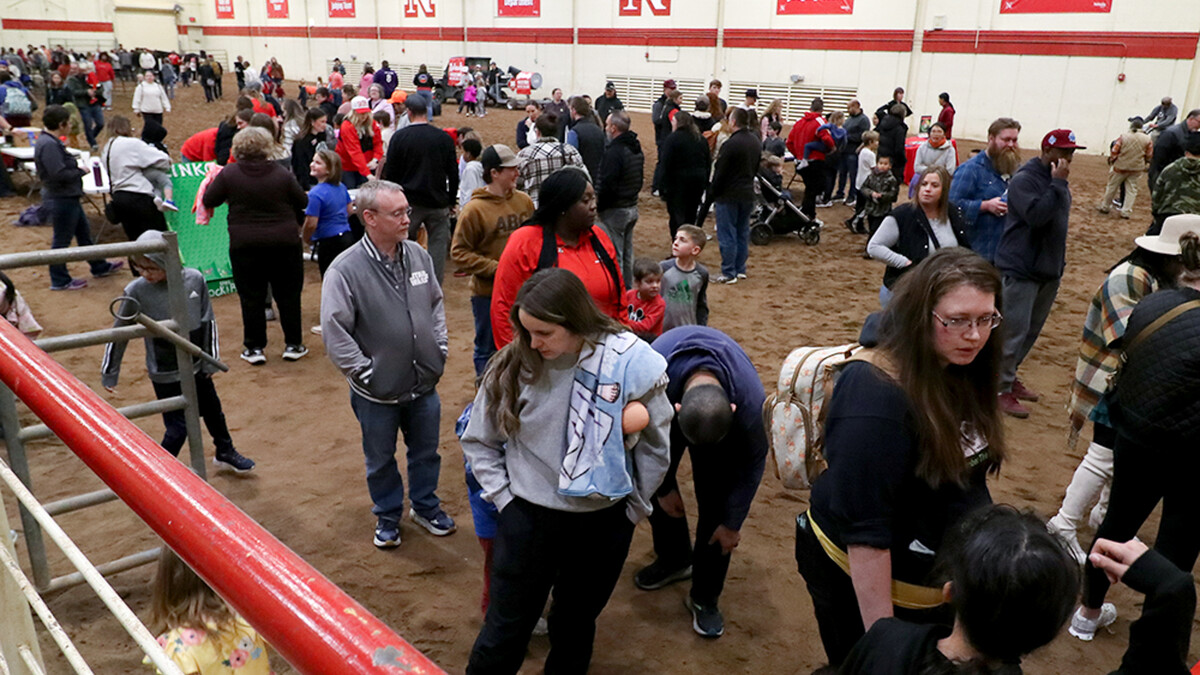May 14, 2013
LINCOLN, Neb. — Terry Klopfenstein's first foray into the possibility of using distillers grains for cattle feed in the late 1960s was based on the idea of fermenting wheat because it was so cheap at the time.
"I put together a plan that never took off. It's a good thing that it didn't," Klopfenstein recalled.
Instead, the fledgling field took its lead from the distilling industry in Kentucky, which was about adult beverages, of course, even landing some early funding from the whiskey industry for research.
At the time, cattle were fed corn, corn silage and alfalfa, but the industry was interested in the possibility of feeding a distillers byproduct, Klopfenstein said. Early research showed that with much of the starch removed, distillers grains were a better feed than corn.
"That was a tough sell to feeders," Klopfenstein said.
Later came another shift: In addition to being a source of protein, research showed, distillers grains could be a source of energy for cattle.
Over the decades since, the Institute of Agriculture and Natural Resources has been a leader in the field, thanks to Nebraska's unique mix of corn, cattle and ethanol production. IANR animal scientists long have been leaders in researching how best to use byproducts from ethanol production for cattle feed. Their pioneering studies in the 1990s proved the benefits of feeding wet byproducts to cattle instead of drying the material. Eliminating drying reduces ethanol production costs, reduces greenhouse gas emissions from the agricultural complex, and provides an economical, high-performance feed. This work transformed wet byproducts into a feedlot staple and helped develop Nebraska's ethanol industry.
Klopfenstein, now semi-retired, has been the one constant presence in that research. In addition, his former students now are all over the country carrying the work forward as feeders and consultants.
Bill Dicke, who got bachelor's and master's degrees in ruminant nutrition from the University of Nebraska-Lincoln in the 1970s, founded Cattlemen's Nutrition Services LLC, based in Lincoln, one of the largest independent beef nutrition consulting firms in the nation.
Dicke said Klopfenstein's research and teaching have been key in making Nebraska a leader.
"We definitely use what we learned in graduate school over the years, and we continue to monitor research and follow the university's research very heavily," Dicke said.
Klopfenstein's colleagues, including fellow animal scientist Galen Erickson, take university research to the industry through UNL Extension. In 2012, for example, Erickson advised consultants to use more corn silage in cattle's diets, in part to use drought-damaged corn. In fact, current IANR research is exploring working more corn silage back into cattle's diets after it was largely eliminated since the 1980s. "There's a synergy there between silage and distillers grains," Klopfenstein said.
Klopfenstein praised the Nebraska Corn Board, and the livestock and ethanol industries for being a key part of the partnership.
Terry Klopfenstein, Ph.D.Professor Emeritus
Animal Science
402-472-6443
tklopfenstein1@unl.edu Dan Moser
IANR News Service
402-472-3030
dmoser3@unl.edu
Click here for a photo of Dr. Terry Klopfenstein
-->







